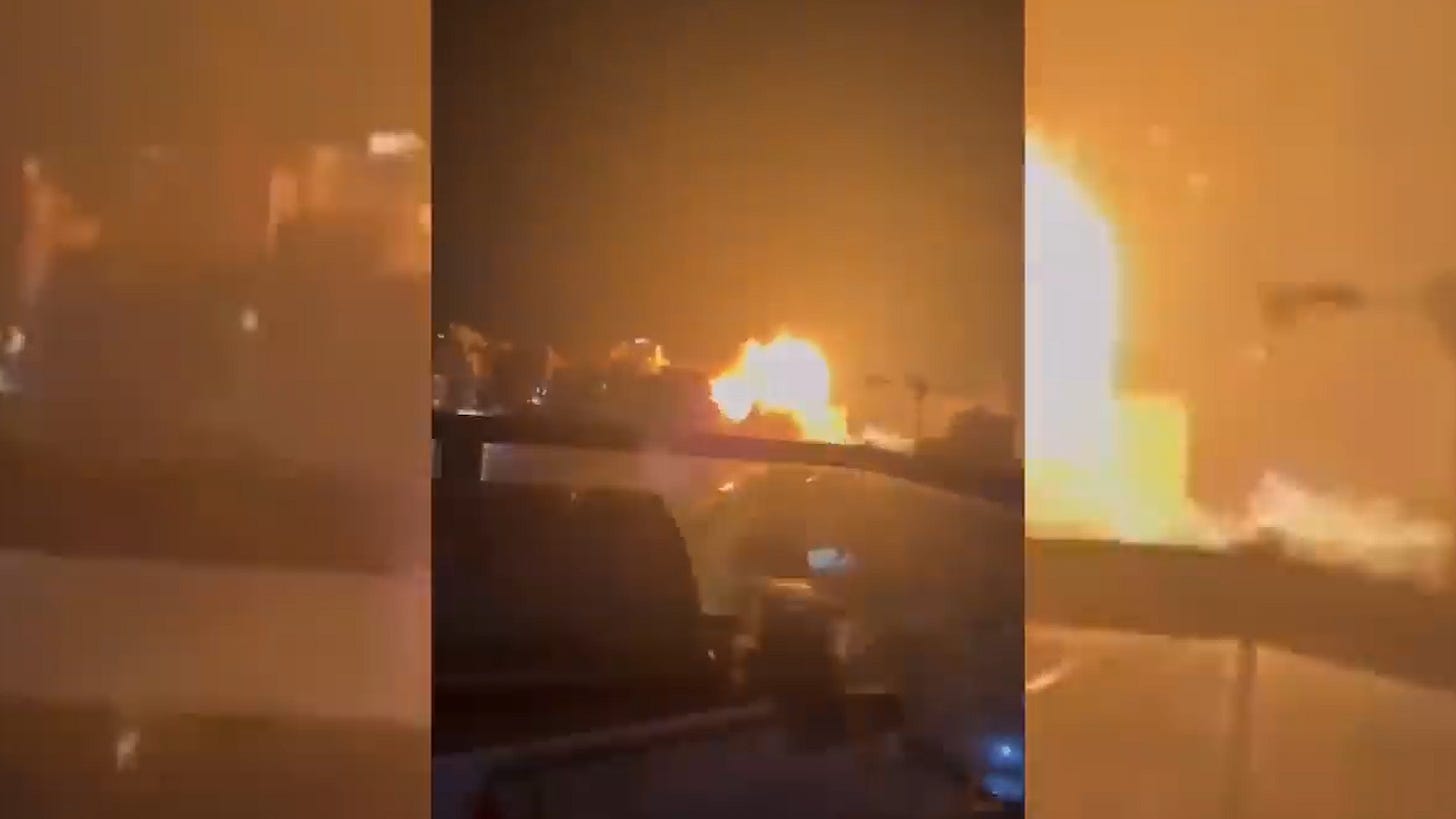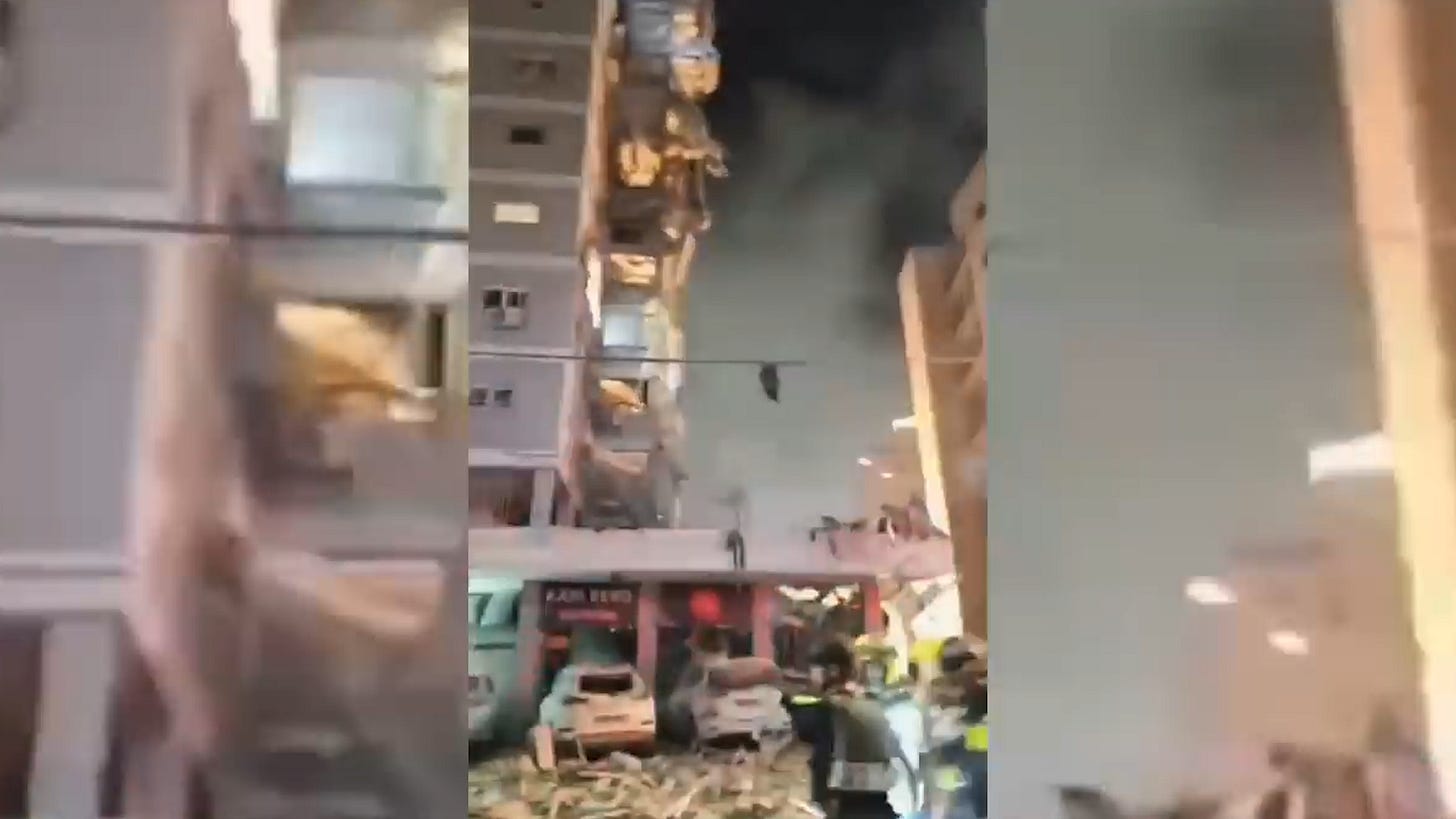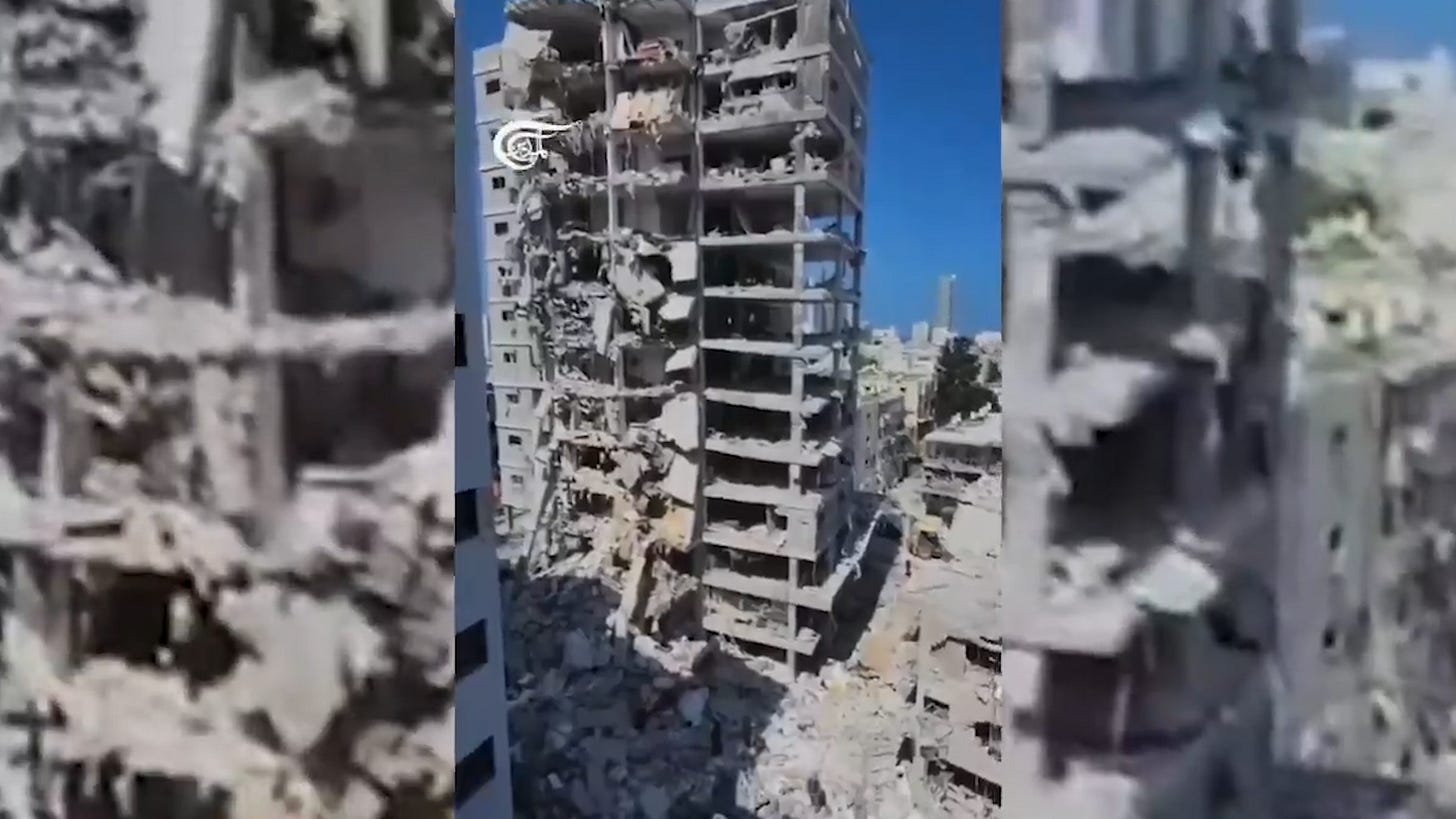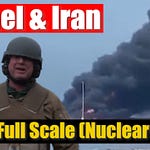The war between Iran and Israel is intensifying rapidly, with Tel Aviv suffering destruction that now mirrors images long associated with Gaza. Footage from inside Israel shows widespread devastation as Iranian missiles continue to strike major urban areas
U.S. In Combat?
Photos have surfaced reportedly showing U.S. Navy-launched SM-3 and RIM-161 missiles intercepting Iranian ballistic missiles. If verified, these images would indicate direct U.S. involvement in combat—despite official U.S. denials. The Pentagon has held emergency talks regarding Israel’s request for assistance, while Iran claims they already have evidence of U.S. personnel engaged on the battlefield.
Civilian Toll
In just 24 hours, Israel’s Health Ministry reports 12 civilians killed and 385 wounded. The scale of destruction in Tel Aviv and surrounding areas has led some to say parts of Israel now look like Gaza
Global Military Movements
A Chinese military Airbus has reportedly entered Iranian airspace, and a German military aircraft has been tracked heading to Israel. These developments suggest that Beijing and Berlin may be preparing to provide direct support—potentially to Iran and Israel respectively. The full scope of this involvement remains unclear.
Attacks on U.S. Diplomatic Sites
American consulates in the Middle East are under drone attack, and pro-Iranian protest marches are occurring in Baghdad near the U.S. embassy. The war is clearly expanding beyond traditional military fronts.
Infrastructure Under Fire
Iranian forces are reportedly targeting Israeli oil depots, ports, and refineries. Israel has retaliated by bombing similar Iranian facilities. Iran has released footage of dummy missile and radar sites destroyed by Israel, claiming it misled Israeli targeting systems. Whether these were truly decoys remains unverified.
Nuclear Escalation
Israel has bombed Iranian nuclear facilities, including Natanz and Isfahan. Several buildings at Iran's nuclear enrichment sites and military bases have been damaged. Yet Iran’s Foreign Minister insists Iran has not resumed its nuclear weapons program.
In March 2025, U.S. Director of National Intelligence Tulsi Gabbard publicly stated that Iran is not building a nuclear weapon, and Supreme Leader Khamenei has not reversed the 2003 suspension of the program.
Strait of Hormuz Threat
The oil market has responded sharply. Prices jumped 13% in one day, with speculation of $300/barrel if Iran closes the Strait of Hormuz—a narrow but critical oil shipping route. Having sailed through it while serving in the U.S. Navy, I can confirm: it’s easily blockaded.
Yemen's Entry: Hypersonic Missiles Launched
The Houthi rebels in Yemen claim to have launched hypersonic missiles into Tel Aviv. While unconfirmed, the claim signals broader regional alignment with Iran and further instability.
What Comes Next?
The Israeli Defense Forces are evacuating civilians near military production zones. Iran says it’s willing to sign a no-nuclear-weapons agreement, but only if it retains its nuclear energy program.
This war is no longer limited to Israel and Iran—it’s expanding across borders, involving superpowers, threatening global oil markets, and igniting mass protests across the region.
Support My Work
This report was compiled from verified footage and intelligence updates. I aim to report from the front lines—whether in Iran, Israel, or Ukraine. Support independent frontline journalism with a donation. Your help gets me to where the stories are.
What’s Next?
I’m Patrick Lancaster, and I’ve been reporting from frontline warzones for years. I want to ask YOU:
Should I go to Israel? Should I go to Iran? Or return to the Russia-Ukraine frontline?
I’m completely independent. No networks. Just truth.
✔️ Subscribe to my Substack for full reports and behind-the-scenes stories:
🔗
✔️ Support my work with a ONE TIME donation — every bit helps me keep reporting from the front:















Share this post